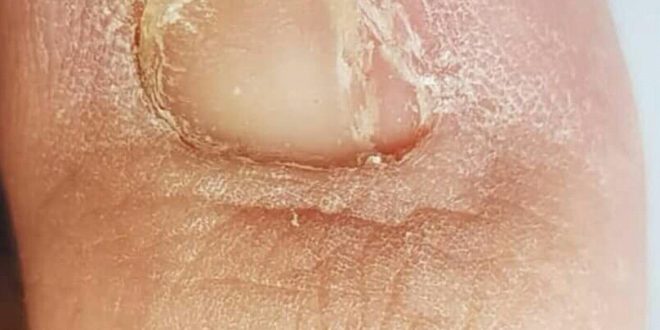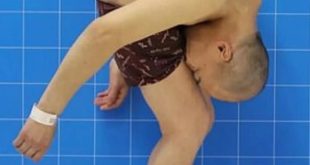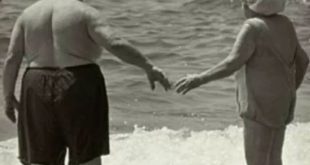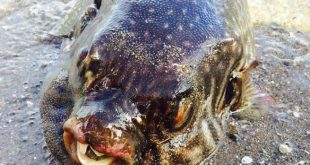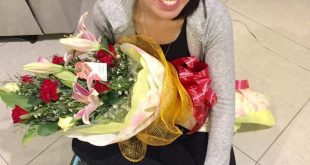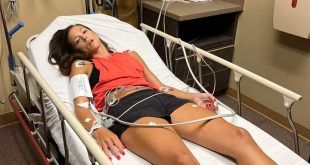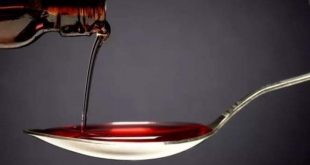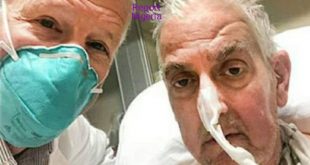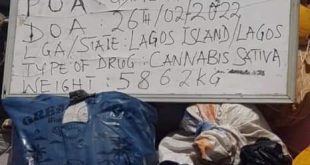MATERIALS FOR KOH TEST
?Microscope
?10% Potassium hydroxide
? Alcohol swab
?Glass slides
?Coverslips
?Scalpel or Curette
METHOD FOR SKIN SAMPLE
? Explain briefly to the patient the procedure you are doing.
?Label the glass slide with patient name or number.
? Using an alcohol wipe or swab,clean the skin area to be sample in order to remove contaminating microorganisms
? If there is a characteristic dermatophyte ring present on the skin, collect the samples from the outer margin of the ring. Especially at its junction with the normal skin.Otherwise,collect samples from areas where skin appears to be scaling.
?Use the edge of the glass slide or the scalpel to scrape off the surface skin scales.
? Collect sample on a labelled glass slide then apply a coverslip
✋Precaution
Do not use swab to scrape off the surface of the skin. Because the swab fibers may resemble hyphae resulting in false positive result!!
METHOD FOR NAIL SAMPLES
?Cleanse the nail with alcohol
?Using a curette or scalpel,collect nail debris onto the labelled glass slide
?Apply cover slide
TO PREPARE 10% POTASSIUM HYDROXIDE SOLUTION
⤵ Measure accurately 10 gram of Potassium hydroxide pellets
⤵ Transfer it into a screw-cap bottle
⤵ Add 50 mls of distilled water and mix until it is completely dissolved then filled up the remaining distilled water to the 100 mls mark.
⤵Transfer to a plastic container and label your bottle as 10 % KOH solution because KOH is corrosive.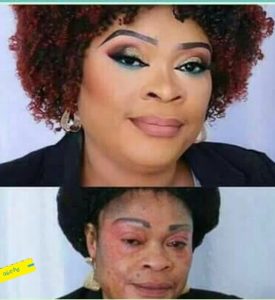
Quality Control of 10 % KOH solution
Nevertheless, Quality control should be done on the 10% KOH preparation by checking the appearance of the reagent.
Most importantly, the 10% KOH solution should be clear to proceed the skin fungal test.If the solution is not clear, discard it. And obtain or prepare a new solution of potassium hydroxide then proceed with the test.
POTASSIUM HYDROXIDE TREATMENT
Place a drop or 50µl of 10% KOH on the glass slide containing the skin or nail specimen. Just at the edge of the coverslip.
Allow the 10% KOH solution to diffuse under the coverslip
Gently heat the slide using a butane lighter
Using a pen or any applicator stick, apply a light pressure on top of the coverslip. This is to spread the skin or nail material.The specimen should be flat and transparent for microscopic viewing
Observe under the microscope starting with low power objective (10x) with reduced light. Look for fungal elements such as yeast cells and hyphae.
Change to high power objectives (40x) in order to verify fungal elements seen with the low power 10x objective
Results:
Yeast elements can be difficult to differentiate from cotton fibers and other debris. Moreover, true hyphae crisscross epidermal cells are in a random fashion. While the strands are usually of a uniform diameter
HOW TO REPORT RESULT:
Report the presence or absence of yeast or hyphae.
PRECAUTIONS
KOH is corrosive hence all personal protective equipment should be made available
POSSIBLE LIMITATION OF PROCEDURE:
The KOH preparation should be immediately setup after sampling for optimal recovery of fungal elements. (KOH smear or KOH mount)
Also small quantities of hyphae and yeast may be missed in KOH preparation. Thus, inability to see fungal elements does not completely exclude yeast or fungal infection. Remember that this skin fungal test method has a relatively low sensitivity.
If fungal infection is suspected and KOH Preparation shows negative, further skin fungal test can be carried out. However, sample may be cultured.
Valery Spiridonov has suffered all his life from Werdnig-Hoffmann disease
